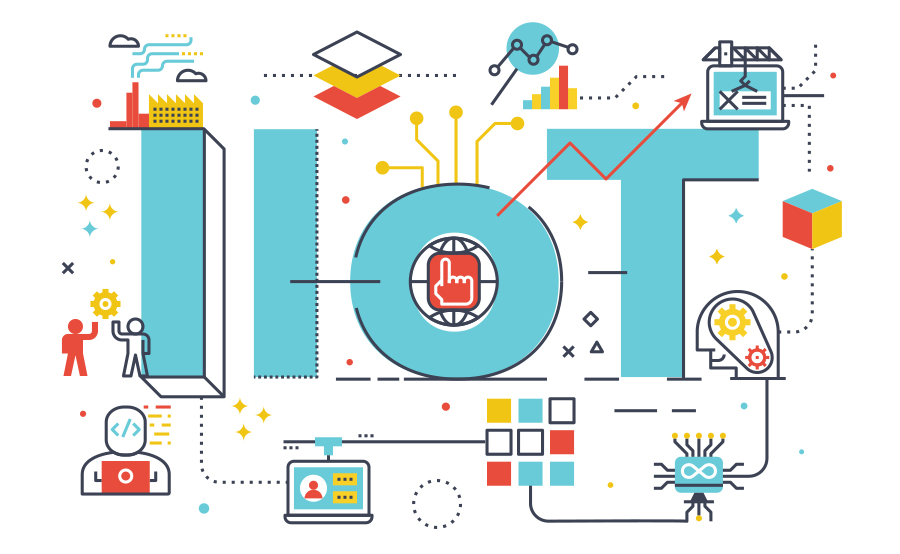For manufacturers interested in moving to the Industrial Internet of Things (IIoT), there are many options available. But there’s much more to it than knowing how to begin the transition, how connected devices work, and how to tap into the machine learning data they produce. When it comes to investing in new devices, machines, and the technologies necessary to support and make the most out them, manufacturing leaders also need to make sure they’ll see a sufficient return on their investments to make them worthwhile in the long run.
IIoT investment

Moving to the IIoT can allow manufacturers to cut costs as they increase efficiency inside the plant and do the same via their supply chains. But the issue of generating revenue from the IIoT remains while almost 90% of American manufacturers are exploring or using IoT technology to gain efficiencies, cut costs, or otherwise enhance operations. In addition, almost 90% are also offering end-user IoT products or services or are developing them.
With so much interest in the IIoT and producing IoT consumer products, manufacturers must ensure their investments are worthwhile. But why not jump on the bandwagon? While the IIoT seemingly promises cost savings, increased efficiency, and revenue generation, not all manufacturers can invest in it the same way — and not all will achieve the same results. It’s imperative plant leaders take well-thought-out steps that make sense for their businesses.
Find your right answer
If you’re considering investing in the IIoT for the first time or looking to invest further, start by asking yourself the following questions.
- Is there a good reason for moving to the IIoT? While the IIoT is a hot new trend, it might not make sense to move every machine, employee, or even every manufacturing plant to the forefront of this tech movement. It’s important to consider your strategy and reasons for doing so. Think of how you might leverage connectivity to your advantage and what realistic results you might achieve. For example, if implementing IIoT-enabled machines and devices would cost more in the long run than continuing with current production processes, it’s probably not the right time.
- Am I finding a solution for a problem I don’t have? If it ain’t broke, don’t fix it. If you have an issue on the plant floor, you may consider moving to the IIoT if it would reasonably improve operations. If not, you might not be ready. Keep in mind you can begin your move to the IIoT as necessary with smaller, minor implementations as you build toward a fully or partially connected manufacturing plant.
If, on the other hand, you have a good reason for implementing an IIoT machine or device to solve a new or ongoing problem, it’s time to think through how you’ll invest and start your research. While becoming part of the newest technology trend may soon no longer be an option, ensure you’re getting the most out of your transition to connectivity so you and your manufacturing employees can reap the benefits.
 IIoT-connected or not, you can always count on the professionals at Global Electronic Services. Contact us for all your industrial electronic, servo motor, AC and DC motor, hydraulic, and pneumatic needs — and don’t forget to like and follow us on Facebook!
IIoT-connected or not, you can always count on the professionals at Global Electronic Services. Contact us for all your industrial electronic, servo motor, AC and DC motor, hydraulic, and pneumatic needs — and don’t forget to like and follow us on Facebook!